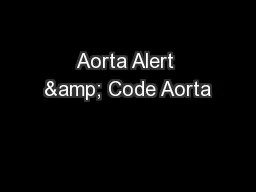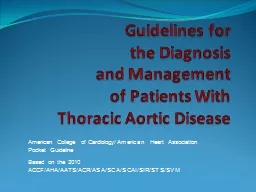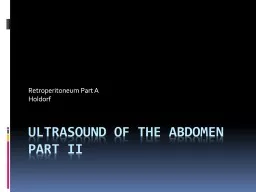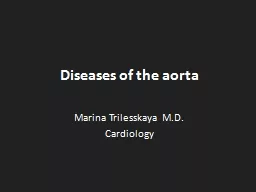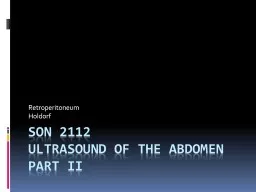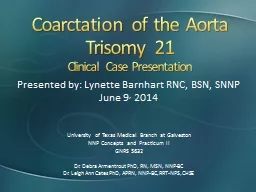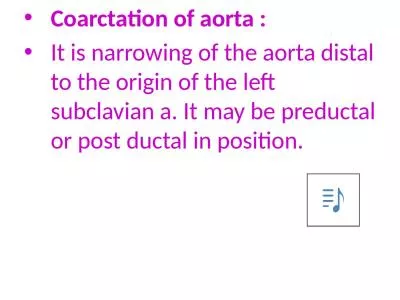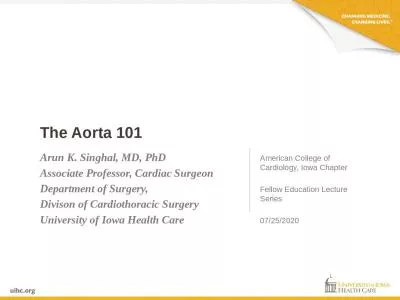PPT-Aorta Alert & Code Aorta
Author : trish-goza | Published Date : 2017-06-11
Aortic Center Committee Stony Brook Medicine Developed by Aortic Center Committee 32016 Reviewed by KGcm 32016 Objectives The learner will be able to Recognize
Presentation Embed Code
Download Presentation
Download Presentation The PPT/PDF document "Aorta Alert & Code Aorta" is the property of its rightful owner. Permission is granted to download and print the materials on this website for personal, non-commercial use only, and to display it on your personal computer provided you do not modify the materials and that you retain all copyright notices contained in the materials. By downloading content from our website, you accept the terms of this agreement.
Aorta Alert & Code Aorta: Transcript
Download Rules Of Document
"Aorta Alert & Code Aorta"The content belongs to its owner. You may download and print it for personal use, without modification, and keep all copyright notices. By downloading, you agree to these terms.
Related Documents

